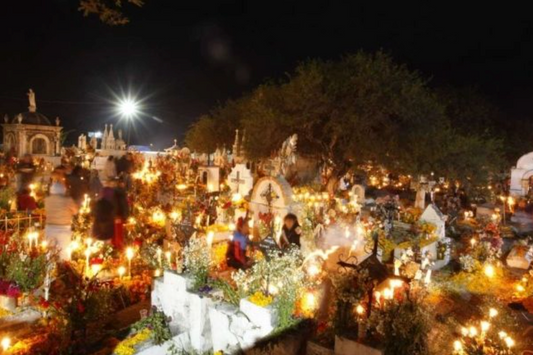talkingfashion

A Colorful Look into Dia de los Muertos
A Colorful Look into Día de los Muertos written by Morgan Watkins Known far and wide as the Day of the Dead, Día de los Muertos celebrates death with joyous festivities,...
A Colorful Look into Dia de los Muertos
A Colorful Look into Día de los Muertos written by Morgan Watkins Known far and wide as the Day of the Dead, Día de los Muertos celebrates death with joyous festivities,...